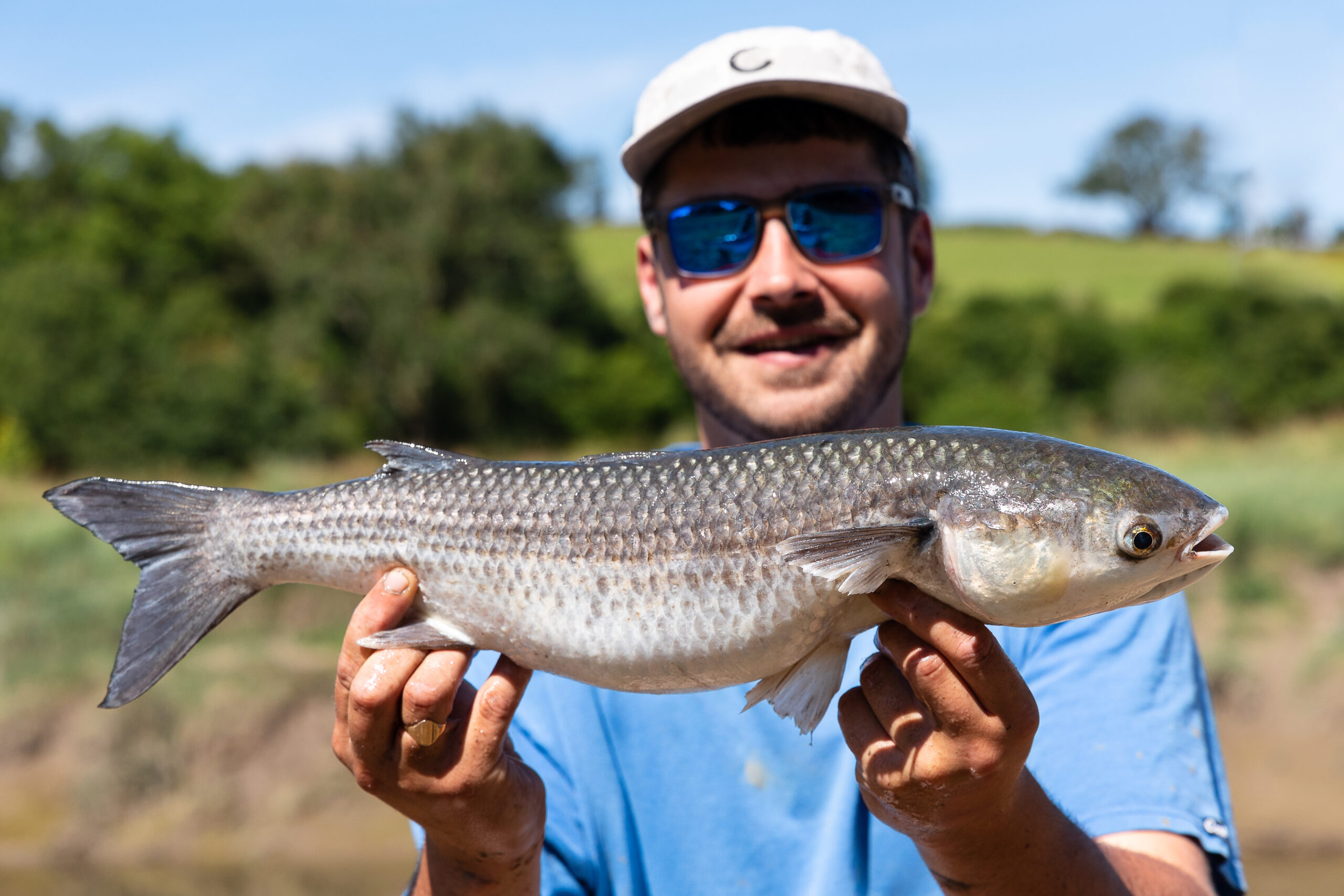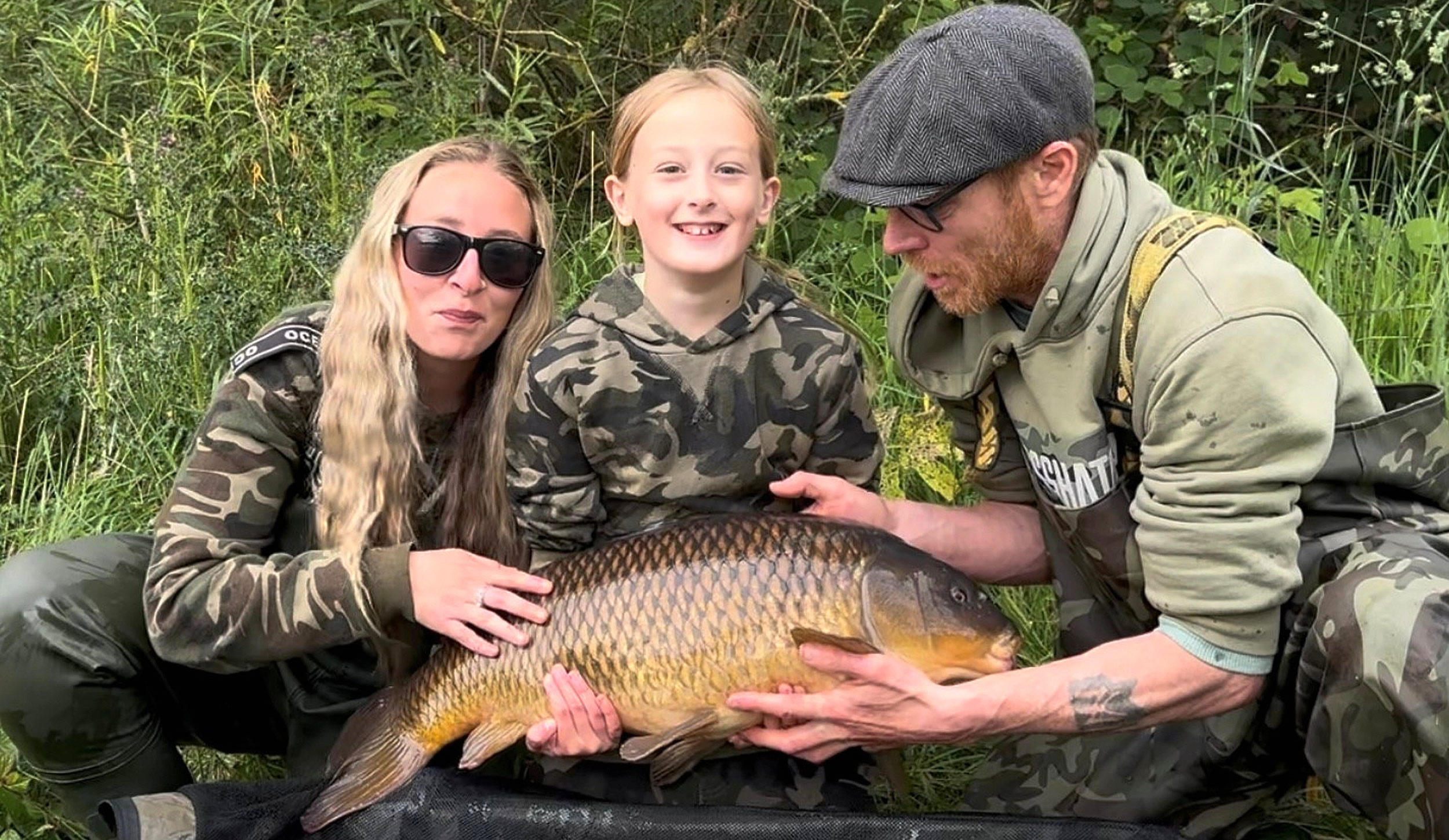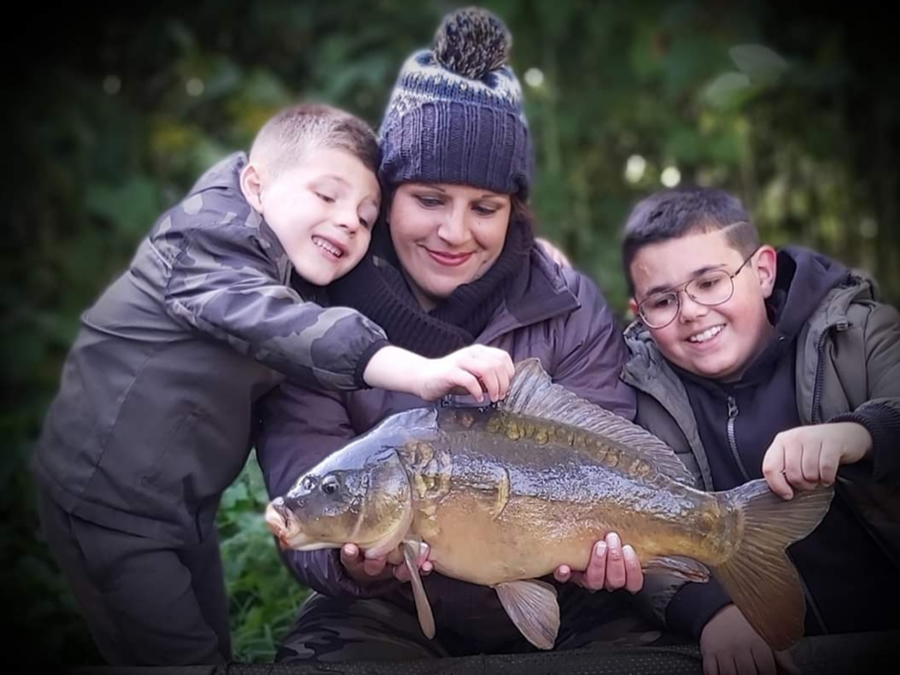
Campaigns
Devon & Severn Netting Byelaw Soon Under Review
The Devon and Severn (D&S) IFCA netting byelaw will soon undergo a review process as it has been five years since its implementation. The byelaw was established to safeguard the inshore areas that serve as migration routes, nurseries, and refuges for salmonids, bass, grey mullet, and other species. D&S IFCA recognised the significance of protecting these areas from commercial fishing and the benefits it offers to recreational fishing and local communities. These areas, many of which are BNAs (Bass Nursery Areas), are ecologically sensitive. You can view the byelaw on the D&S IFCA website – D&S IFCA MCRS and Byelaws, available on page 20, which were enforced on March 1, 2018.
The current byelaw allows only seine netting for sandeels, offering complete protection to all other species utilising the estuaries and harbours. The Environment Agency demanded a complete ban due to the inadequate ecological status of salmonids, particularly Atlantic Salmon. Thriving salmon and sea trout populations bring significant financial benefits to local communities, not just by attracting anglers from other parts of the country, but also by encouraging local anglers to go fishing.
The harbours and estuaries are home to all three native UK grey mullet species, particularly thick and thin-lipped. These species depend on these areas throughout their juvenile stages until adulthood. Thick lip mullet, in particular, take 10-12 years to mature before they can breed for the first time. They tend to aggregate in large shoals, often exhibiting high site fidelity and are highly vulnerable to overfishing. During winter months, they gather in larger shoals, making them more susceptible to commercial exploitation when they most need protection.
Many of the protected areas are already BNAs, but this does not protect bass from unscrupulous commercial fishing or mortality when caught in nets set for other species outside the bass nursery regulation months. Bass and grey mullet species are spiky and are easily caught in gill nets of any mesh, either fished tight or slack.
These inshore areas are vital not only for the fish but also for recreational angling as they offer good access, especially since few anglers own boats, and fishing from the open coast is often not feasible or safe. Thriving inshore fisheries provide significant recreational and financial benefits to local communities where anglers can fish for species such as grey mullet, flounder, and gilthead bream, which are not of high commercial importance, as well as bass. Anglers and communities further up the rivers benefit from an increase in salmonid stocks.
It should be noted that much of the recreational fishing is catch and release, and undersized fish can be easily released. It is estimated that over 95% of grey mullet caught recreationally are returned alive. Even where more commonly retained species, such as gilthead bream and bass, are kept, the impact is minimal, and recreational anglers are severely limited as to how many bass may be retained.
In summary, the beylaw has little impact on commercial fishing but significant positive impacts on inshore fish, communities, and the financial value generated for Devon and Somerset. We firmly believe that there has been a positive impact on the quantity and size of species since the byelaw’s establishment, as well as an increase in the range of some species such as gilthead bream. Previous consultation highlighted the low commercial importance of these areas. The protection of these nursery and refuge areas, along with the social and economic benefits to recreational angling and coastal communities, as well as those further inland, underscores that this byelaw should not be weakened. If you fish in the D&S IFCA region, please take a few minutes to contact D&S IFCA using the details below to emphasise the positive impact and future potential
More Info
D&S IFCA Who We Are and Core Work
GET IN TOUCH
EMAIL: office@devonandsevernifca.gov.uk
PHONE: 01803 854648
OUT OF HOURS: 07740175479
ADDRESS: Brixham Laboratory, Freshwater Quarry,
Brixham, Devon TQ5 8BA
You might also like

Three British record fish claims ratified

Making plans for kids and holiday activities? Fun, safe…

Get Fishing Fund – Funded Project: Fishing Opens New…

Climate change fuelling dangerous river pollution across England and…

NEW BLOG: The best thing about fishing – from…

Ethan gets his Gold Get Fishing Award – young…

Summer of Fishing 2025 is here – get into…

Get Fishing Awards were at Bristol Festival of Nature…

VIDEO: It’s not all about the fishing… Check out…

ENGLAND TAKE GOLD IN HOME NATIONS BOAT CHAMPS

FIFTH PLACE FOR ENGLAND AT EURO CHAMPS

Get Fishing event proves ‘Young People Can Fish’ at…

Three British record fish claims ratified

Making plans for kids and holiday activities? Fun, safe…

Get Fishing Fund – Funded Project: Fishing Opens New…

Climate change fuelling dangerous river pollution across England and…

NEW BLOG: The best thing about fishing – from…

Ethan gets his Gold Get Fishing Award – young…

Summer of Fishing 2025 is here – get into…

Get Fishing Awards were at Bristol Festival of Nature…

VIDEO: It’s not all about the fishing… Check out…

ENGLAND TAKE GOLD IN HOME NATIONS BOAT CHAMPS

FIFTH PLACE FOR ENGLAND AT EURO CHAMPS

Get Fishing event proves ‘Young People Can Fish’ at…

Three British record fish claims ratified

Making plans for kids and holiday activities? Fun, safe…

Get Fishing Fund – Funded Project: Fishing Opens New…

Climate change fuelling dangerous river pollution across England and…

NEW BLOG: The best thing about fishing – from…

Ethan gets his Gold Get Fishing Award – young…

Summer of Fishing 2025 is here – get into…

Get Fishing Awards were at Bristol Festival of Nature…

VIDEO: It’s not all about the fishing… Check out…

ENGLAND TAKE GOLD IN HOME NATIONS BOAT CHAMPS

FIFTH PLACE FOR ENGLAND AT EURO CHAMPS









